During the Pre-colonial era, Calabar was known as Akwa Akpa in the Efik language, with three different monarchs; the Obong of Calabar, known as the ruler of the Efiks; the Ekpe secret society as the stool on which the Obong of Calabar sat; and the Ndidem of Calabar, known as the ruler of the Quas (who also doubles as the most revered ruler of the Calabar Municipalities).
According to history, Calabar is one of the oldest trading centres in Nigeria and is often referred to as the centre for tourism as a result of its ancient infrastructure and artefacts. Calabar is the capital city of Cross Rivers State, which is regarded as the cleanest city with a friendly environment.
The term “Calabar people” is frequently used in Nigeria to refer to the natives of Greater Calabar as well as the people of the original South Eastern State of Nigeria, who are currently the residents of Akwa Ibom State and Cross River State. Calabarians are primarily people from the old Calabar province, which includes Calabar South, Calabar Municipality, Akpabuyo, Bakassi, Biase, Odukpani, and Akamkpa.
In this piece, Naijabiography explores the history of Calabar, its cultural heritage, language, economy, and lifestyle.

History
The tribes on the part of the Guinean coast were known by the name Calabar when the Portuguese explorers first arrived in the region in the 15th century, and when the Quas were the locals. The Efik people did not move from the Niger River area to the banks of the Calabar until the early 18th century as a result of civil conflict with their relatives, the Ibibio.
In order to separate Old Calabar from New Calabar to the east, Queen Victoria signed a covenant of protection with the ruler and chiefs of Akwa Akpa on September 10, 1884. This made it possible for the United Kingdom to rule over all of the areas surrounding Calabar, including Bakassi. Up until 1906, Calabar served as the Niger Delta’s centre of European governance before Lagos became the new location.
Although the Efik people’s true origins are unknown, ancient accounts claim that they travelled from Nubia through Ghana and then on to Arochukwu in modern-day South-East Nigeria. It was not specified how long it took for their departure to reach Arochukwu, but it is known that the Efiks coexisted peacefully with the Aros for almost 400 years, which was from the 11th to the 15th century.
Later, after a dispute between them and their host, they would depart. The majority of them fled to Uruan in modern-day Akwa Ibom State during the second phase of their flight, while a small number went to Eniong and the nearby territories.
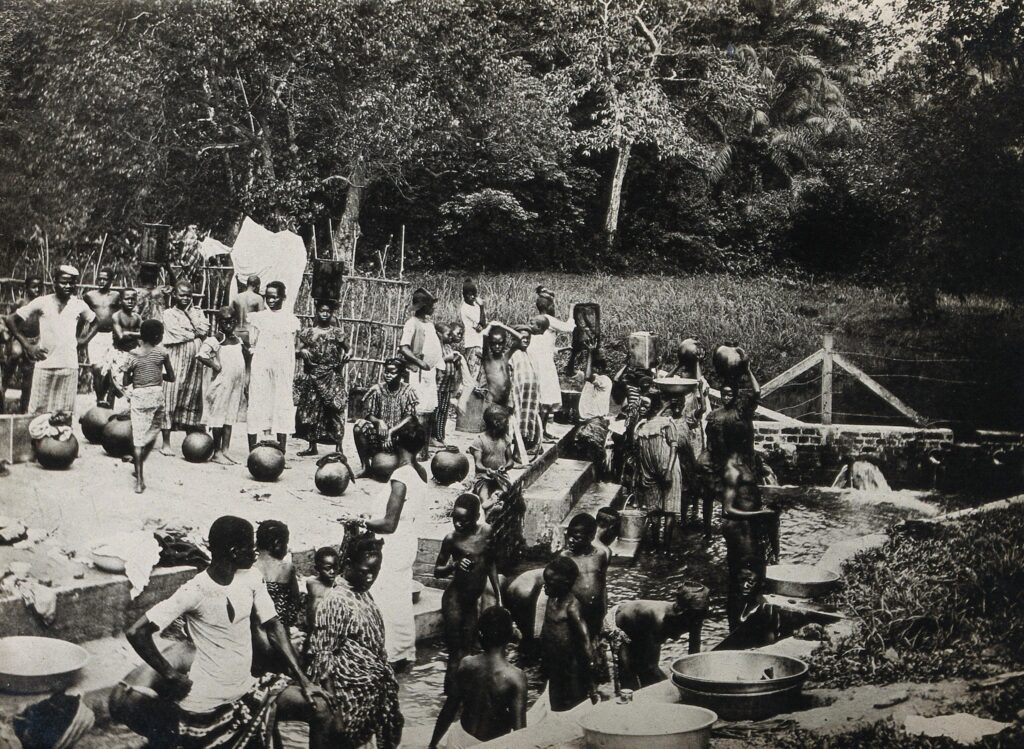
They established themselves peacefully at Uruan, just as their ancestors had done in Arochukwu. However, they would leave Uruan once more without leaving a note in history explaining why. And when they did, they discovered themselves in Ikpa Ene and Ndodihi. However, this time they only stayed for a short while before moving on to Creek Town, which was their ultimate target (Esit Edik/Obio Oko). The area that is now known as Calabar includes Creek Town and its surroundings.
This region was once a trust territory of German Cameroon that was governed as a component of the Eastern Region of Nigeria until 1954 when it attained autonomy. Only when they gained autonomy did the political division take place.
A phase of Igbo people, a phase of Ibibio people, and a drift to the coast appear to be the three distinct phases of Efik migration and settlement history. And it is because of this that the Annang, Ibibio, Igbo, Oron, Biase, Akampkpa, Uruan, and Eket peoples are linked to the modern-day Efiks.
The Calabar River is visible from the city, which is perched on a natural slope. The British developed Calabar as a hub for the slave trade in the 17th century. Throughout the eighteenth, nineteenth, and early twentieth centuries, it grew to be Nigeria’s largest colonial administration. The city served as a significant port for the export and import of commodities from the South East of Nigeria and the palm oil trade during the end of the Slave Trade.
The Economy and Slave Trade in Calabar
Since the 16th century, Calabar has operated as a port for exporting items like palm oil. It was given the name Calabar by the Spanish during the Atlantic slave trade era and developed into a significant harbour for the shipping of African slaves. Despite being a minority among the ethnic groups in the area, Igbo people made up the majority of the Africans sold as slaves from Calabar.
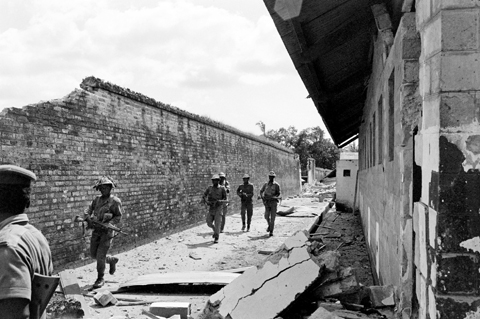
Between 1725 and 1750, around 17,000 enslaved Africans were sold to European slave dealers from Calabar; between 1772 and 1775, that figure increased to almost 62,000. 16 kilometres to the northeast, Creek Town, and Old Calabar, also known as Duke Town, both played a significant role in the slave trade during that time. In 1815, HMS Comus entered Duke Town as part of the British blockade of Africa to stop the slave traffic and seized seven Spanish and Portuguese slave ships there.
The old town stands out for its wide selection of modest stores where you may get almost anything (but expect to bargain). Watt Market and Marian Market are two excellent markets. The Watt market is huge, crowded, alive, and filled with gorgeous materials, etc. One can purchase anything there, including live chickens, the most exquisite wax materials, discounted jeans, and everything from vehicle parts to the newest “trainers.” Even though Marian Market is much smaller, veggies from the north of Nigeria arrive there once a week. On market days, the atmosphere is wonderful; preachers are singing, women are joining in, vendors are very noisy, and people basically barter for everything.
Efik Marriage Culture
Efik people can resonate with the “Fattening Room” custom when the Efik marriage culture is mentioned. Thus, the Efik people’s fattening room custom was and still is the solitary training provided to maidens in preparation for womanhood, but considerably altered for today’s age.
Efik girls are sent to the fattening room six months before marriage so they can be lavished with massages from head to toe, fed as much as they would like to eat, and educated on the pros and cons of marriage. They are also not allowed to work; rather, they are instructed to eat scrumptious meals, have deep conversations, and sleep, as well as receive messages three times per day that are intended to enhance their inherent gifts.
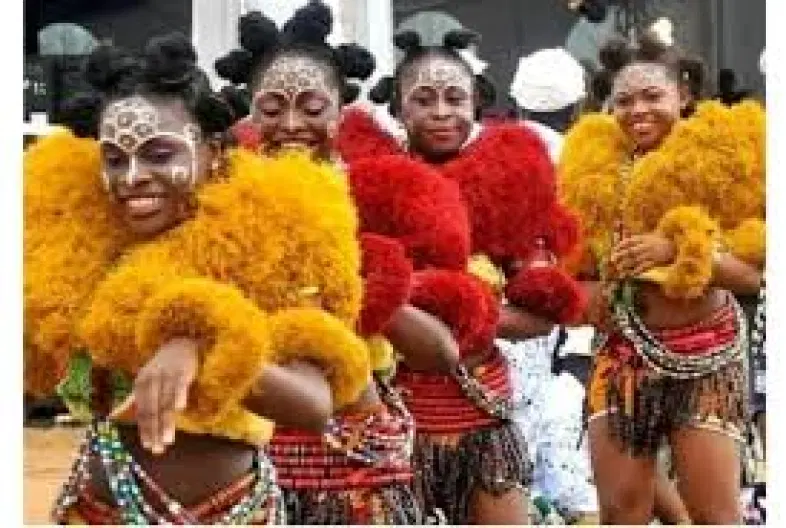
Since the Efik people have had the opinion that a lady with a full figure and a healthy waistline is lovely. The woman also receives domestic training in household management (such as cooking, child care, and housework), how to respect her spouse, and how to make her husband and his family happy, in addition to the aforementioned Fattening Room activities.
Furthermore, older women have a responsibility to share their marriage-related wisdom in order to promote a happy union. Folklore, songs, cultural dances known as Ekombi, and other types of entertainment are also covered in the program. Additionally, presented are techniques for creating creative designs on calabash and other materials. The woman is also taught about sex in this place, with the goal of providing her husband with appropriate gratification. People from all over are invited to celebrate her triumph in surviving this struggle at the end of the six-month term, which also signals the end of the seclusion days.
Traditional Efik dances of Ekombi and other forms of entertainment are used to mark this festival. Families, friends, and well-wishers continue to participate in the ceremony throughout the day and into the night by giving the bride presents and donations to show their happiness and excitement.
Finally, she embraces and dances with her future husband to welcome their well-wishers who have come to join the party.
Calabar Dishes
The majority of Efik foods come from the rivers because of the characteristics of their habitation. However, the river banks and creeks appear to be shared by all Efik clans and subclans, and, as a result, the seas play a significant role in their nutritional culture.
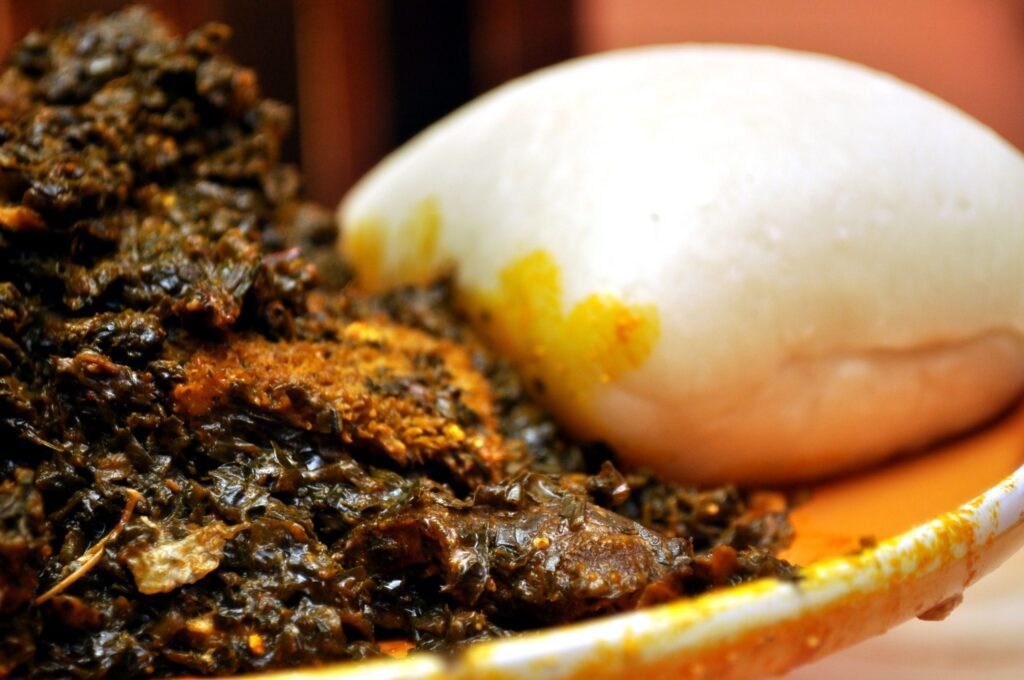
Also, at Bogobiri Corner, people go there to sit and eat suya from different vendors. People also visit Freddie’s Restaurant to eat local foods. In addition, Calabar people drink fresh Calabar palm wine and the best local beers.
Modern-Day Calabar
The Africa Club, Nigeria’s first social club, was founded in this city. It served as the venue for Nigeria’s first professional football, cricket, and field hockey matches. The first Roman Catholic Mass in eastern Nigeria was celebrated at 19 Bocco Street in Calabar in 1903, while the oldest secondary school in the region, Hope Waddell Training Institution, opened its doors in 1895. Nnamdi Azikiwe later graduated from the institution and went on to become the first President of Nigeria.
The city is home to a number of museums, including the Slave History Museum; a botanical garden; a free trade zone and port; an international airport and seaport; an integrated sports stadium complex; a cultural centre; one of the nation’s most prestigious universities, the University of Calabar; a slave history park; and numerous historical and cultural landmarks.
It also has a number of conventional hotels, resorts, and theme parks. Before evading extradition to Liberia in March 2006, former Liberian warlord Charles Taylor resided at the city’s old colonial palace as part of a deal that brought about the end of his nation’s civil war.
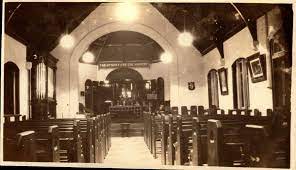
To the north of the city, next to the Calabar Free Trade Zone, is the Tinapa Resort, a development by the Cross River State government. The annual Cross River State Christmas Festival draws tens of thousands of visitors from Nigeria and abroad. The event features musical performances by both domestic and foreign musicians. The Calabar Carnival, a boat race, fashion exhibitions, a Christmas Village, traditional dances, and the yearly Ekpe Festival are among the additional annual activities.
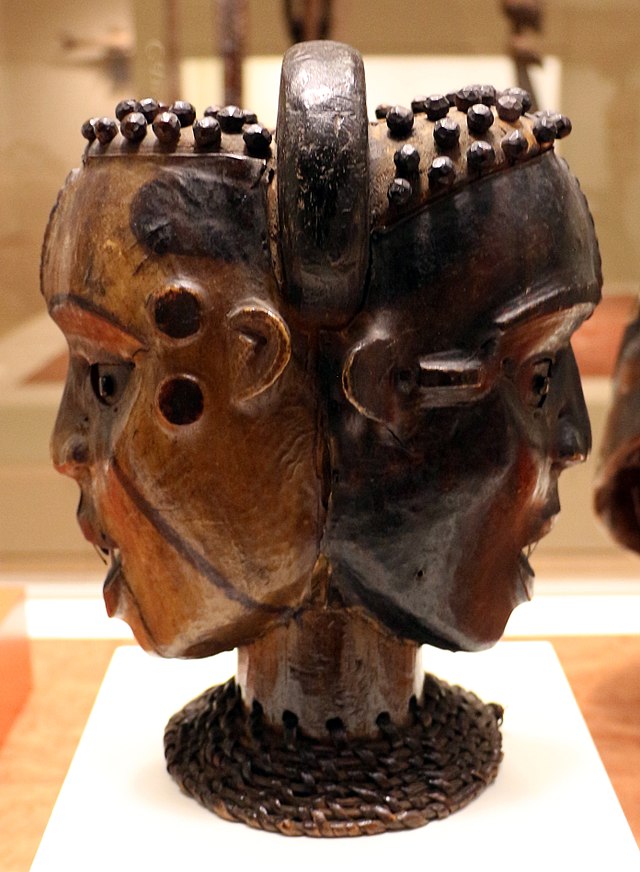
Eastern Naval Command’s headquarters are at Calabar. Also, Nigerian Navy Secondary School, a new model school for the community, is located at Akpabuyo, about a 10 minute drive from the airport. The Nigerian Navy Primary School and Naval Officers Wives Association Primary School, both located in Ikot Ansa, Calabar, are being supplemented by this new school.





